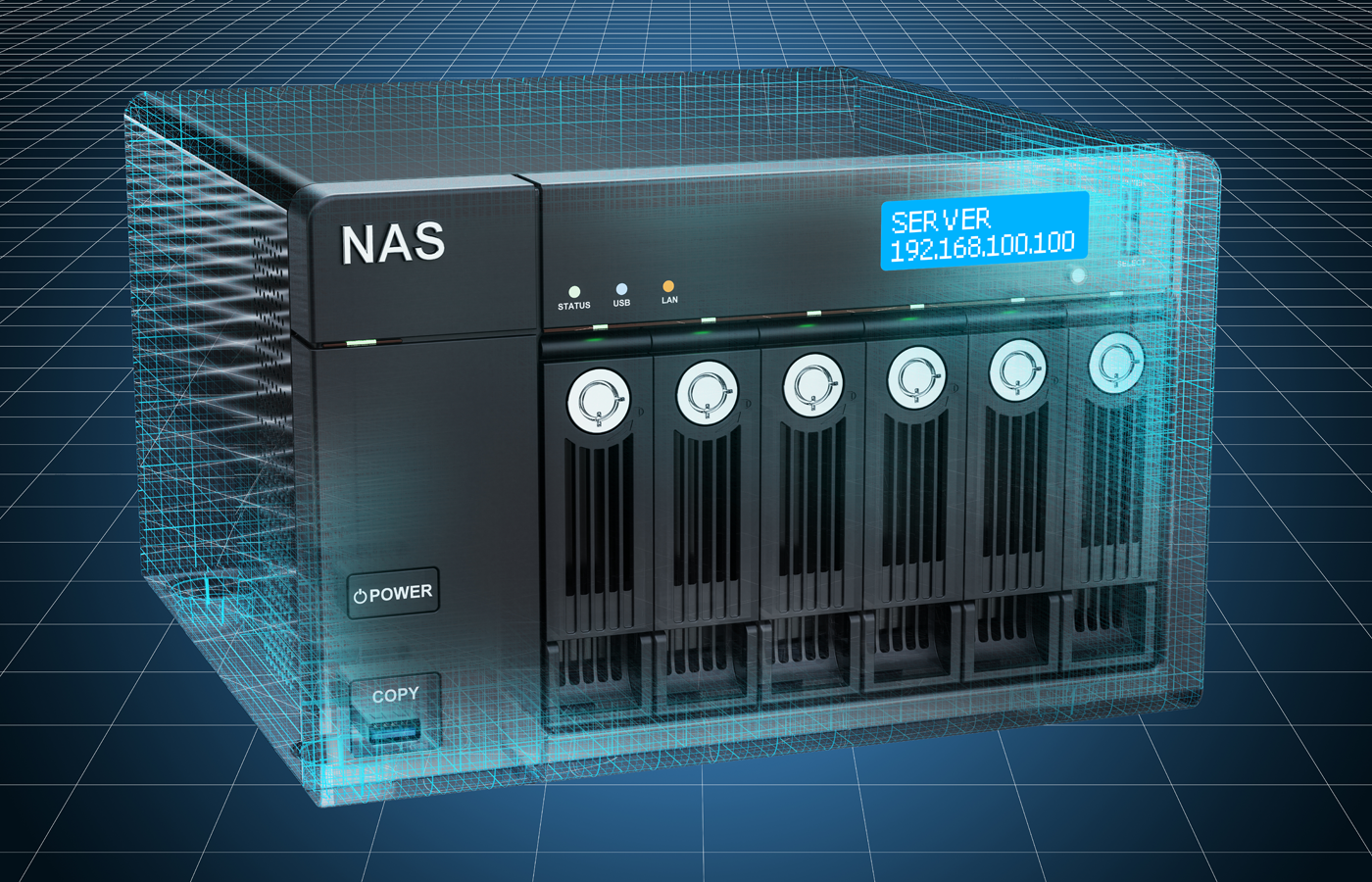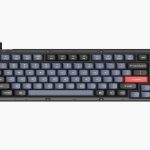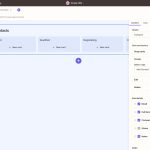Selecting the right processor for your NAS is critical for performance, efficiency, and longevity. Focus on these key factors:
Core Count & Threads
More cores improve multitasking and concurrent user access.
- Basic File Serving/Backup: 2 cores often sufficient.
- Multi-user/Plex/VM: 4 cores or more recommended.
- Heavy Multitasking/App Hosting: 6+ cores provide headroom.
Clock Speed (GHz)
Higher clock speeds offer faster single-threaded performance, beneficial for tasks like indexing.

- Balanced Needs: Aim for base clocks above 2.0 GHz.
- Demanding Apps: Prioritize CPUs with boost clocks exceeding 3.0 GHz.
Hardware Acceleration Engines
Essential for efficient media transcoding and encryption.
- Intel: Look for Quick Sync Video (QSV) present in Core i3/i5/i7/i9 (especially UHD 610+). Crucial for low-power Plex/Jellyfin transcoding.
- AMD: Integrated GPUs offer transcoding. Verify compatibility with your NAS software. Newer RDNA2/RDNA3 cores are more capable.
TDP (Thermal Design Power)
Indicates power consumption and heat output.
- Low-Power/Home Use: Ideal TDP is typically 10W to 25W.
- High-Performance/Business: 35W to 65W CPUs offer greater power but require robust cooling.
Lower TDP generally means quieter operation and lower energy costs.
Integrated vs. Discrete
- Integrated Graphics (iGPU): Strongly recommended for transcoding. Integrated into Intel CPUs with QSV and most modern AMD APUs.
- Discrete CPU: Typically found only in high-end NAS units. Requires a separate GPU for transcoding, increasing cost and complexity.
Application-Specific Considerations
- Media Servers (Plex/Emby/Jellyfin): Prioritize QSV or capable AMD iGPU.
- Virtualization: Require more cores (4+) and support for VT-x/AMD-V.
- Photo Indexing/Thumbnails: Benefits from faster single-core speeds.
- Encryption: Modern CPUs have AES-NI instructions. Ensure support is enabled.
Balancing Cost & Needs
- Avoid Overkill: Don't pay for server-grade performance if you only store documents.
- Plan for Growth: If you foresee adding VMs, Docker containers, or more users, invest in extra cores and RAM support.
The perfect NAS processor balances core count, clock speed, efficient transcoding (via iGPU), appropriate TDP, and cost against your specific workloads. Prioritize hardware acceleration engines for media-centric builds.











